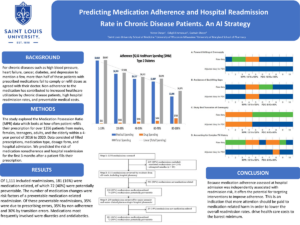Introduction: The financial burden linked to the diagnosis and treatment of patients with chest pain on the healthcare system is considerable. Angina and non-obstructive coronary artery disease (ANOCA) are common, associated with adverse cardiovascular events, and may lead to repeat testing or hospitalizations. Diagnostic certainty can be achieved in patients with ANOCA using coronary reactivity […]
24. Coronary Reactivity Assessment Reduced the Healthcare-associated Cost of Patients Presenting with Angina and Non-obstructive Coronary Artery Disease









